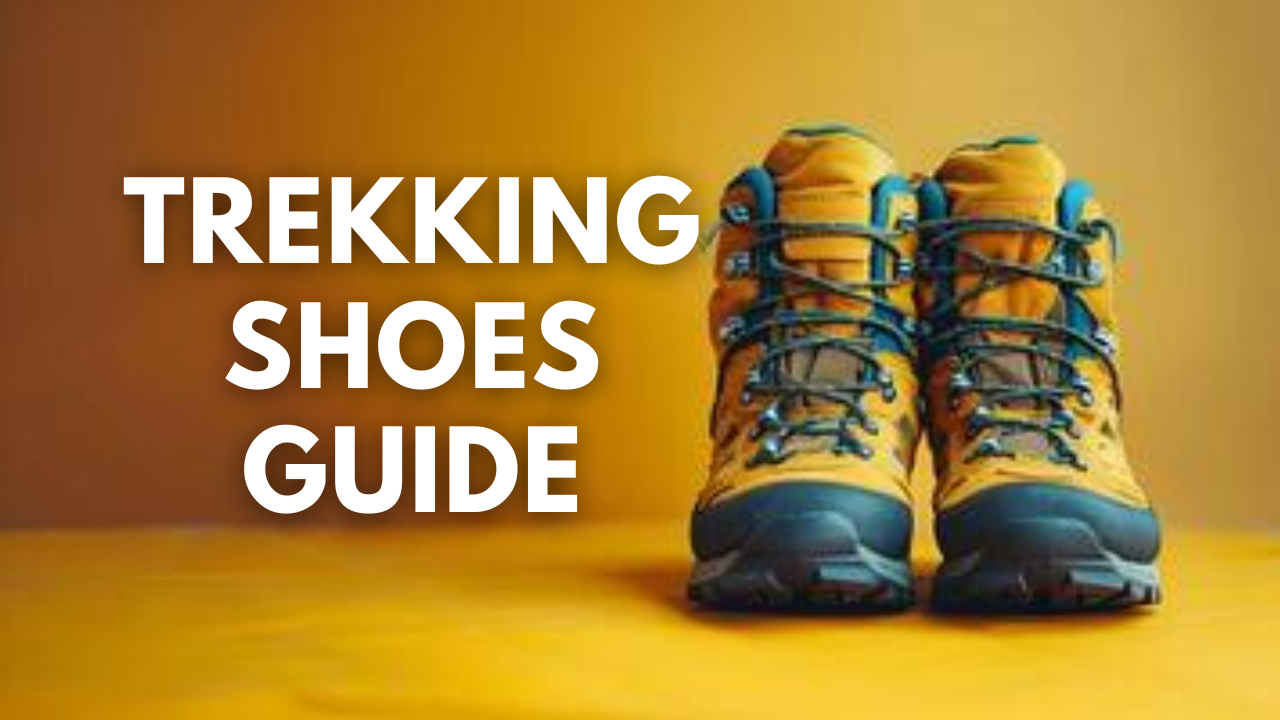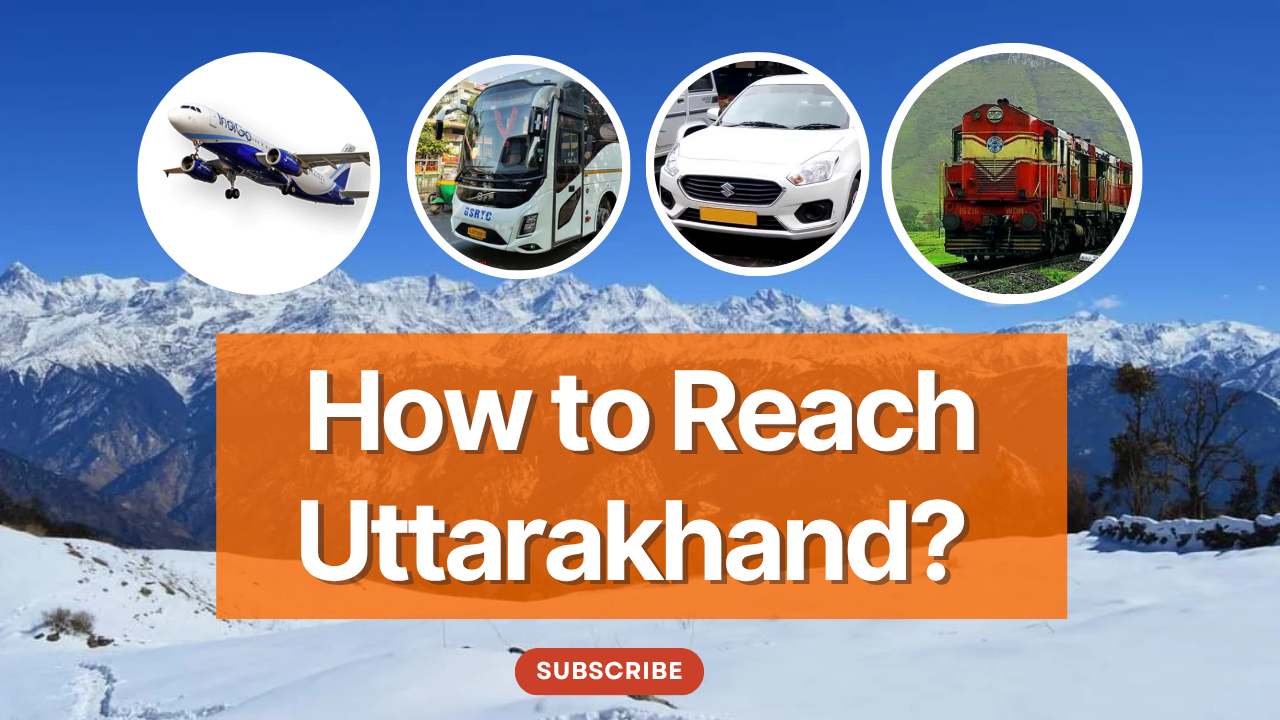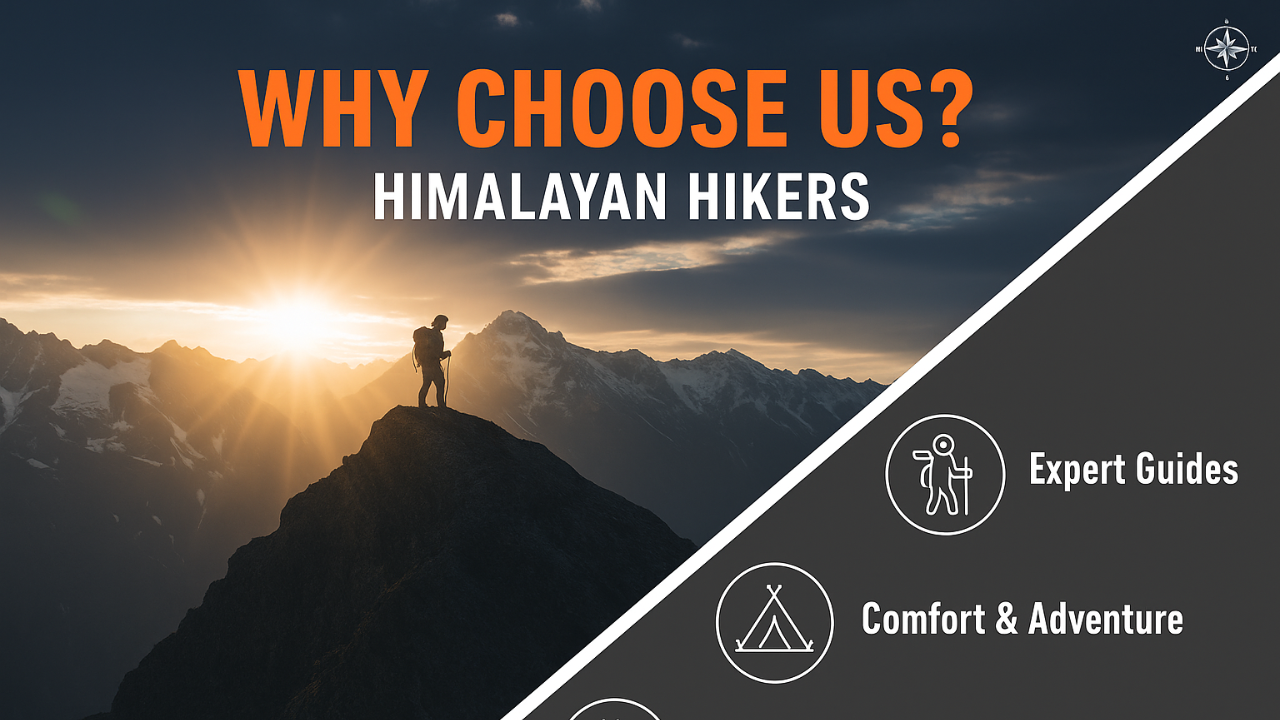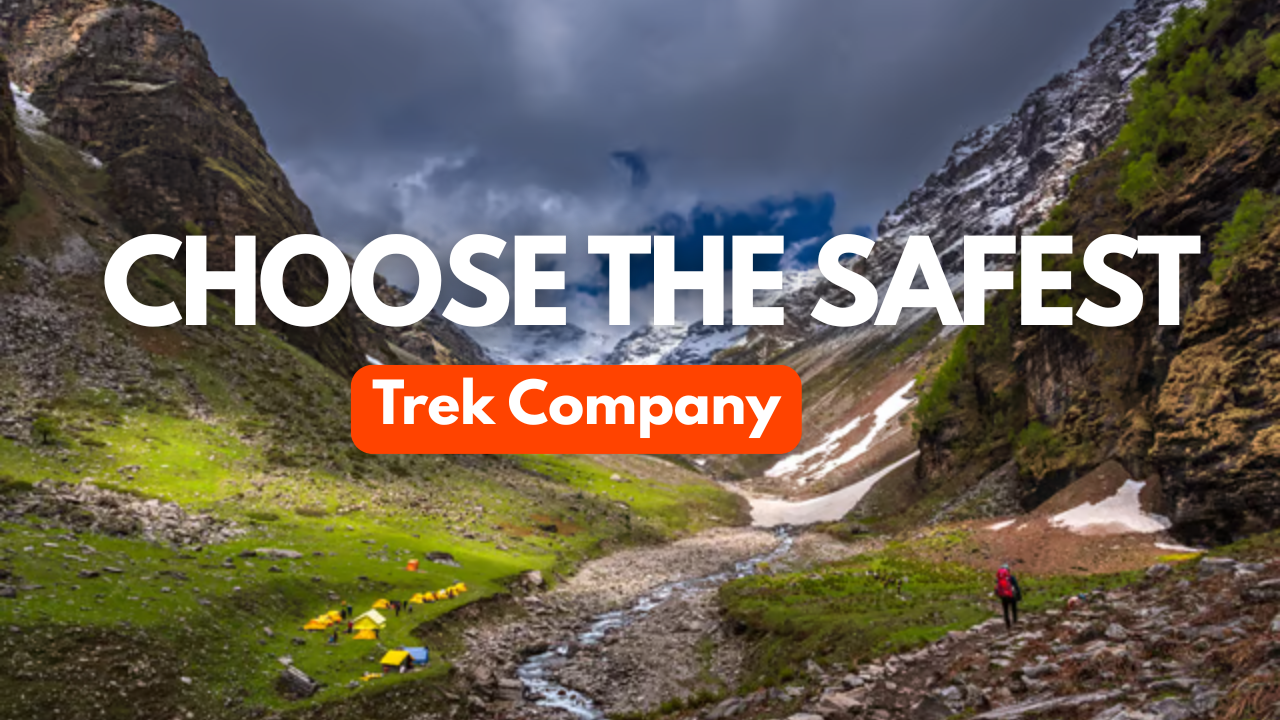Pass through the picturesque trail and enter Gokyo RI Trek
Isolated trails of Gokyo RI trek passes through rich sections of Himalayan Flora and Fauna and offers an opportunity for trekkers to witness the raw landscapes of Nepal.
Mark your entry into the Gokyo Lake valley and come cross exotic alpine lakes en route.
Gokyo RI Trek Summit – Best view Point in the Everest Region
Gokyo Ri trek has the best view point the whole Everest region because it offers panorama of the lofty Himalayan peaks.
The high peaks visible from Gokyo RI summit are – Mt Everest (8848 m), Makalu (8475 m), Lhotse (8501 m), Cho Oyu (8153 m), Gyangchung Kang (7922 m), Thamsreku (6808 m), Kantega (6685 m), Taweche (6542 m), Cholatse (6440 m), Kusum Kanguru (6367 m), and Lobuche (6145 m) and downwards Ngozumpa glacier is visible.
Gokyo Ri Trek Guide
Day 1 – Reach Kathmandu
Day2 – Kathmandu to Lukla (2800 m) and Phakding (2,652 m)
Day3 – Phakding to Namche Bazaar (3440 m)
Day 4 – Acclimatization Day
Day5 – Namche Bazaar to Mongla (3970 m)
Day6 – Mongla to Dole (4038 m)
Day7 – Dole to Machhermo (4465 m)
Day8 – Machhermo to Gokyo (4720 m)
Day9 – Gokyo to Gokyo Ri (5483 m) and descend to Machhermo
Day10 – Machhermo to Namche Bazaar (3440 m)
Day11 – Namche Bazaar to Lukla (2800 m)
Day12 – Lukla to Kathmandu
Day 1: Reach Kathmandu
Today arrive Kathmandu and get yourself prepared for the trek. Meet the team at the airport and you will be briefed about the trek. Check in a hotel then we will check if you have the proper trekking gear or something is missing. Prepare the essentials for the trek and stay comfortably in a hotel.
Day 2 : Flight from Kathmandu to Lulka and trek to Phakding(2,652 m)
Post breakfast, reach Tribhuvan Domestic Airport of Kathmandu and from there is a flight to Lukla. You can reach there in half an hour, the experience of flying will be one of the best ones because it passes through some valleys and some mountain ranges and quaint villages are visible.
Arrive Lukla and the team members will receive you and from here trek to Phakding which will be 3.5 hours long. Pass through some beautiful villages and lush green mountains. Reach Phakding and you will stay in a guesthouse there.
Day 3 : Phakding to Namche Bazaar (3440 m)
Today the trek is to Namche Bazaar which lies at an altitude of 3440 metres. The beautiful huge green mountains surrounds this place and it is a pleasure to trek along Dudh Koshi till Namche.
Take a break at Monjo and from here the ascend starts through dense green forest. When you are about to reach Namche you’ll get a slight view of the huge Mt. Everest and Lhotse if the weather remains clear.
You can stay at a lodge today.
Day 4 : Acclimatization Day
You can rest today and also explore the surrounding area, just above this Bazaar is a Namche museum and from there Mt. Everest and Lhotse are visible clearly.
Go to Namche Bazaar or Namche Monastery.
Day 5 : Namche Bazaar to Mongla (3970 m)
Post breakfast, start the climb from Namche Bazaar to Kyangjuma, it is a small village which offers magnificent views of Ama Dablan (6856 m), Thamserku (6808 m) and Katenga (6685 m).
Leave Kyangjuma trail and gradually climb to Mongla, a small hamlet with some tea houses and jaw dropping views of lofty snow-capped peaks. Enjoy your overnight stay in a lodge.
Day 6 : Mongla to Dole (4038 m)
From Mongla descend towards Dudh Kosi, ahead follow a river to its source. Gradually gain altitude and the trail becomes isolated, pass through the forest of Rhododendrons and Fir.
Cross this section and reach Dole, it is a small place with some tea houses and offers extremely beautiful views of Thamserku (6808 m) and Kantega (6685 m).
Day 7 : Dole to Machhermo (4465 m)
Start your trek with a steep incline from Dole to Luza (4360 m) via Lahframa (4220 m). The trail now becomes easy and takes you through small quaint villages of Nepal.
Now, follow Dudh Kosi towards its source and come across a small hamlet “Machhermo”, there are few tea houses and you will be staying in a lodge today.
Day 8: Machhermo to Gokyo (4720 m)
After a short climb reach Phangka, the valley broadens now and you have to descend towards the river. Now, start climbing the trail which leads to Ngozamba glacier’s terminal moraine. Climb up the moraine and come across an old iron bridge, it marks the entry to the fascinating “Gokyo Lake Valley”.
After a short hike from here you will see the first lake of this valley “Longpongo”. At a short distance lies another one “Taboche Tso”, it is connected to Dudh Pokhri, the third lake and on its bank Gokyo village is located.
Gokyo is your destination for today, there you will stay in a lodge.
Day 9 : Gokyo to Gokyo Ri (5483 m) and descend to Machhermo
Across the Dudh Pokhri, lofty Gokyo Ri can be seen standing in glory. Today, start the day young and head towards the Gokyo peak. The climb is tough and steep but rewards with exotic views of the Himalayas.
Gokyo Ri is one of the best scenic spots because it offers
panorama of the lofty Himalayan peaks. The high peaks visible from there are –
Mt Everest (8848 m), Makalu (8475 m), Lhotse (8501 m), Cho Oyu (8153 m),
Gyangchung Kang (7922 m), Thamsreku (6808 m), Kantega (6685 m), Taweche (6542
m), Cholatse (6440 m), Kusum Kanguru (6367 m), Lobuche (6145 m) and other snow
covered peaks.
After spending some good time there, retrace your steps to Macchermo.
Day 10 : Machhermo to Namche Bazaar (3440 m)
From Macchermo retrace your steps and get back to Dole and ahead follow Dudh Kosi by passing through forest of Rhododendrons and wealthy sections of birch.
The trail is mostly downhill followed by some ascends. Reach Namche Bazar and spend your night in a lodge there.
Day 11 : Namche Bazaar to Lukla (2800 m)
Today return from Namche Bazaar to Lukla enjoy the last day of trekking in Khumbu. The trek gets difficult because of the challenges on trial. Trek to Lukla is an easy one but seems very long.
Day 12 : Lukla to Kathmandu
Go to the Airport and board a flight to Kathmandu. Do not miss the valley and high mountain views while you are flying.
Reach Kathmandu and explore the Nepali culture and traditions in your leisure time. Stay in a guest house or hotel there.
Key Points of Gokyo RI Trek
Level: Difficult
Proper conditioning & training of body required
Need proper gear & clothing for sub-zero temperature
Shoes are the single most important equipment.
High Altitude requires proper acclimatization.
Beautiful landscapes so carry good photo gear & Extra battery backup.
Travel light
The backpack should not exceed 10kgs

Mandatory Documents
Original and photocopy of government photo identity card- (Aadhar Card, Driving License, Voters ID, etc,)
Passport and Visa important to foreigners
Medical Certificate (First part should be filled by the Doctor and Second part by the Trekker)
Declaration Certificates
Note: – Many trekkers commit the same mistake of carrying unnecessary items on a trek which only makes the backpack heavy. It is important to know the right items to carry. It differs from season to season if you are trekking in summers then carry less layers of warm clothing and if you are trekking in winters carry enough layers to protect yourself against chilly cold.
Necessary Items for trekkers

Basic Trekking Gears

The Clothes You Should Bring On Satopanth Expedition

Head Gears

Foot Gears

Personal Care Essentials

Carry a Personal Medical Kit

Are you Looking for Trekking Equipment on Rent?
If any trekker requires trekking equipment on rent, Himalayan Hikers offers the best-quality gear available for rental. Many individuals are in need of such equipment, and renting provides a cost-effective solution, allowing them to access high-quality gear at an affordable price without the need for a significant investment for short-term use.

Trek Equipment You can book directly on first day at the Base Camp.
Note:-
Please take all medicines only when prescribed by the doctor. In case you face any problem during your trek,
discuss and take advice from the Professional guide.
The Trek is one of the most popular treks in Uttarakhand, requiring both physical preparation and mental readiness. Although it is categorized as a moderate trek, reaches an elevation of over 12,720 feet and traverses remote Himalayan terrain, which can be physically and mentally challenging. Here's how you can prepare yourself for a safe and successful accomplishment of the Trek:
Physical Fitness
Building a good fitness base is essential for every trekker. The Trek itinerary involves 5 to 6 hours of walking every day. Though the trails are well-marked, they are often bumpy and include steep uphill sections, which may affect your stamina. You can overcome your physical limitation with a 6-week training program that you can begin about 2 months before your Trek. Your 6-week fitness routine should include
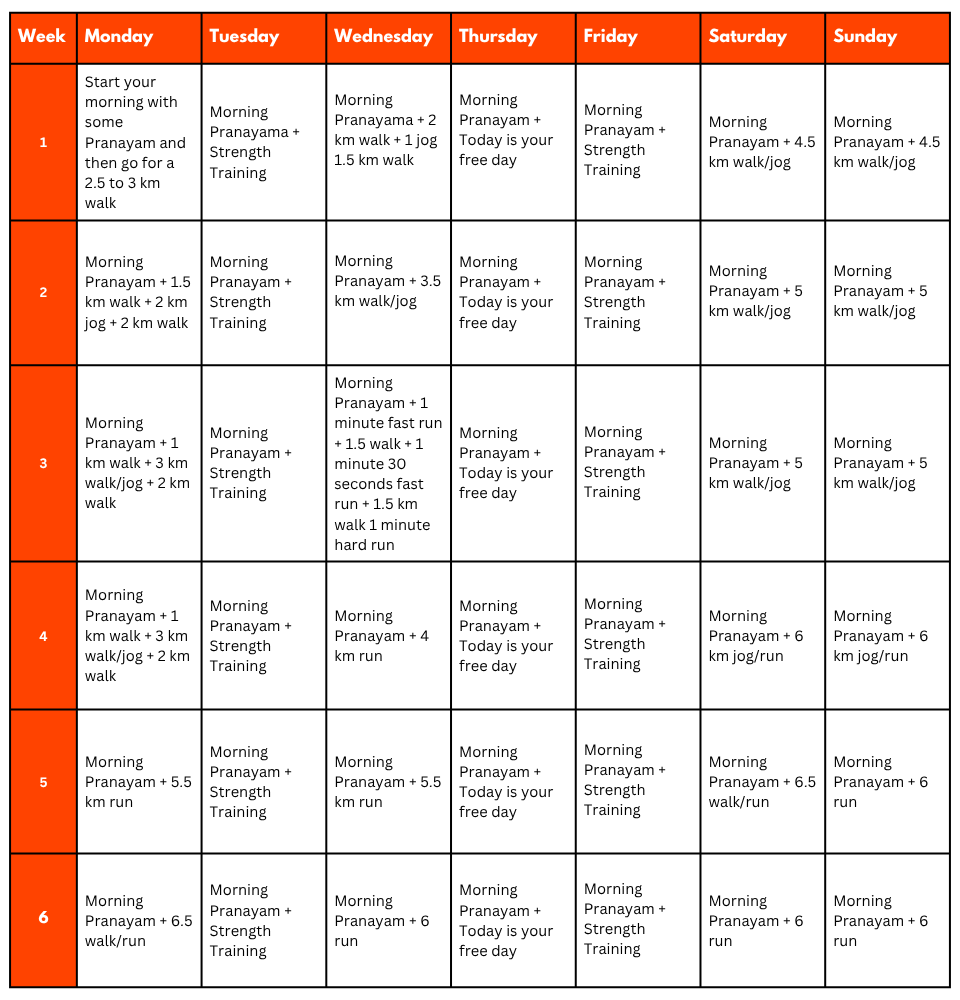
Pro Tip: If you have time, you can skip the Sunday training and go for a long-distance walk or mini day-hike (7–10 km) with a loaded backpack to simulate real trekking conditions. A short 1-day hike around your city/town can help a lot.
Mental Preparation
Physical strength is only half the journey, the other half is mental resilience. The trail takes you through remote clearings, steep climbs, cold starry nights, and no mobile connectivity. Be prepared to:
(I) -
Detach from the digital world.
(II) -
Embrace basic mountain living (camping, toilet tents, limited electricity).
(III) -
Push through moments of fatigue, weather discomfort, or altitude effects.
Himalayan Hikers is a reputable trekking company that places a high priority on safety. Here are some of the safety measures they take to ensure the safety of their clients during the Trek:
Experienced Guides: Himalayan Hikers hires experienced and certified guides who are well-versed in the terrain, weather conditions, and local culture. These guides have first-hand knowledge of the routes and are equipped to handle any emergency situations that may arise.
Proper Gear: The company provides all the necessary gear and equipment to their clients to ensure comfort and safety during the trek.
Hygiene and Sanitation: Himalayan Hikers places great emphasis on hygiene and sanitation during the Trek. They provide clean drinking water, hand sanitizers, and toilet tents to ensure that their clients are healthy and comfortable.
Emergency Services: The company has a well-defined protocol for handling emergency situations. They have a team of trained medical professionals who are available 24/7 and can be quickly mobilized in case of an emergency.
Acclimatization: Himalayan Hikers follows a gradual acclimatization process during treks to ensure that their clients adjust to the high altitude gradually. They also monitor the health of their clients regularly and provide necessary medical attention if required.
Overall, Himalayan Hikers places a great emphasis on safety and takes all necessary measures to ensure the safety and well-being of their clients during treks.
No FAQs available for this trek.









